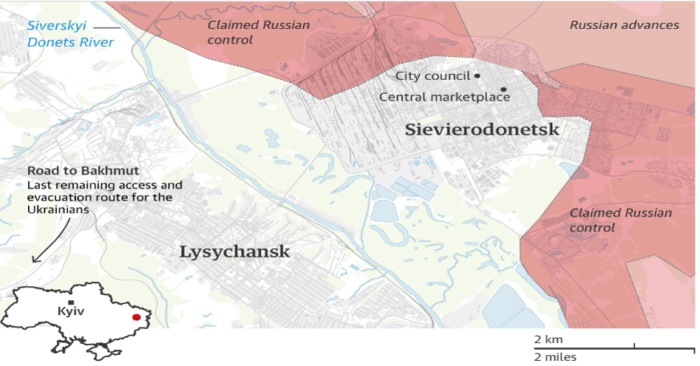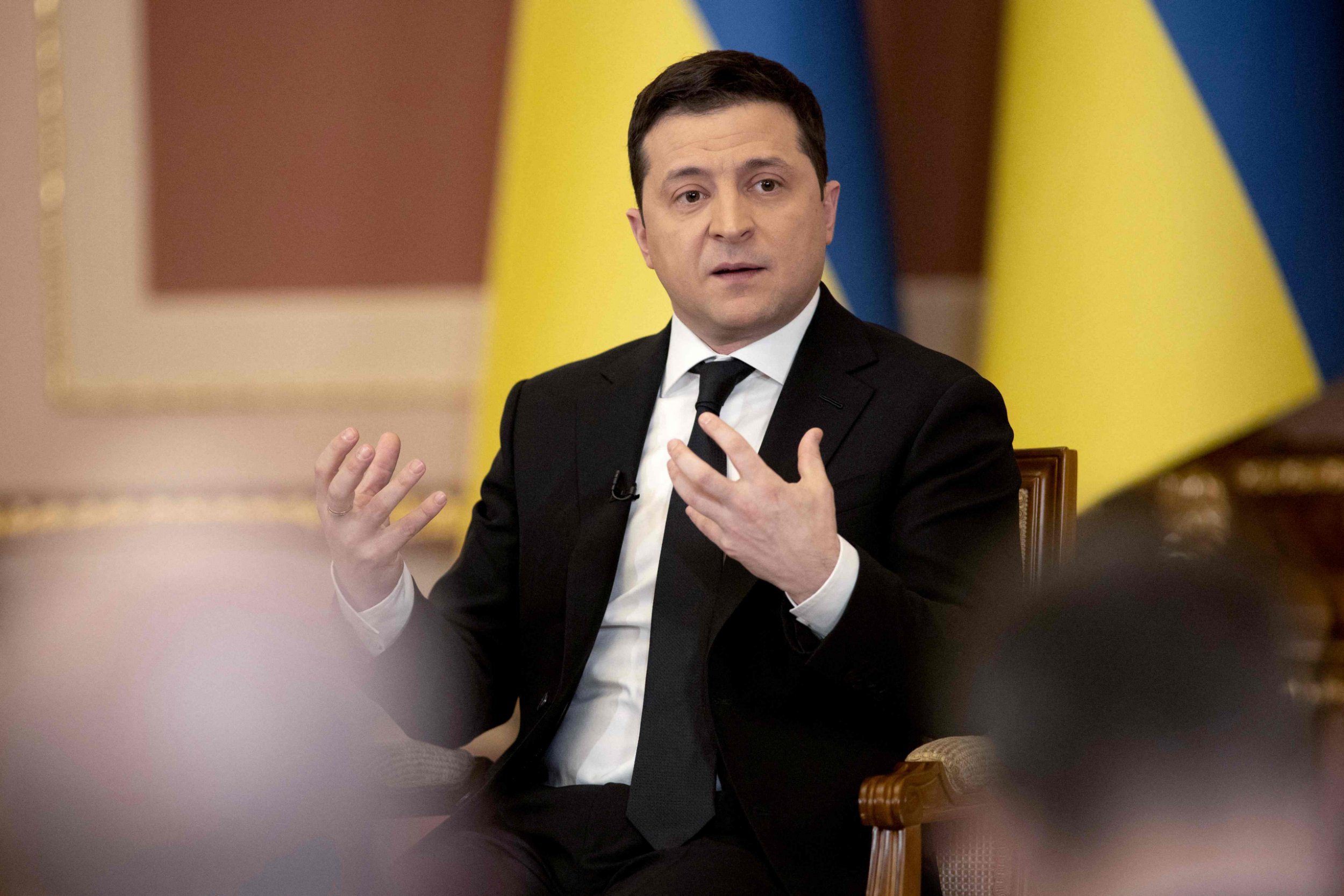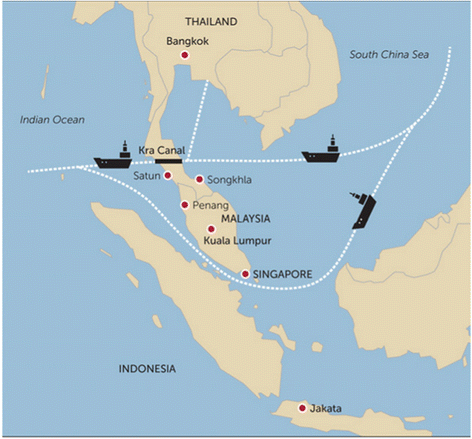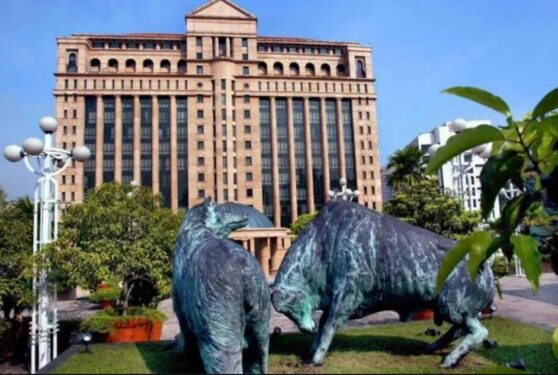THE mood in the Ukrainian society was positive. The Russian army had already been stopped. They only have to wait for Western help and it would be possible to take revenge for 2014, when Moscow reabsorbed Crimea.
But by the end of May, it turned out the requested artillery and air defence systems were not enough to defeat Russia, and it was necessary to boost the army’s ranks to one million.
That is how belief in a speedy victory disappeared from Ukrainian society. Alexey Arestovich, a top adviser to the office of the President, who has somehow become the main military expert in Ukraine, as well as military bloggers associated with the nationalist Azov unit, are already talking about a difficult June and July.
Even Ukraine President Volodymyr Zelensky himself has lost his optimism. What is the reason for this?
According to analysts, since the second half of April, the Russian army has concentrated on several objectives:
- Expanding its foothold around Izium and cutting off Slaviansk;
- Conducting an offensive from Kupiansk along the Oskol Reservoir to Sviatogorsk and Liman;
- Liberating the Rubezhnoye-Severodonetsk-Lysychansk area;
- Breaking through the fortified defence formations in the Popasnaya area to enter the operational theatre;
- Breaking through the fortified defence formations in the area of Avdeevka and its surroundings; and
- Establishing control over Mariupol.
By the end of May, most of these tasks had been completed. As of this writing, the Russian troops are now in control of about 70% of Severodonetsk.
Diagram: Russia’s next move after Severodonetsk

Its next move will be capturing the nearby Lysychansk, as shown in the map above.
If Russia captures Severodonetsk, and nearby Lysychansk on the higher west bank of the Siverskyi Donets River, it will hold all of Luhansk – a key war target of Moscow.
A sense that the tide of the war could be turning in favour of Russia comes as some, including former US Secretary of State Henry Kissinger, call for Ukraine to consider trading territory for a ceasefire.
Yet how to interpret the Russian advances has sharply divided military analysts, with many warning against drawing conclusions from incremental movements on a relatively small part of the battlefield.
Just as previous Russian setbacks led to an over-optimistic consensus on Ukraine’s ability to win the war, relatively minor gains are now driving the kind of pessimism reflected in Kissinger’s remarks, Lawrence Freedman, Emeritus Professor of War Studies at King’s College London, wrote in a Friday (May 27) blog post.
“This indicates the ever-present danger for those analysing the course of this war of getting too far ahead of events on the ground,” Freedman wrote. “The best assessment of Russian strategy now is that it seeks to take what it can from the current effort and then dare Ukraine to try to seize it back.”
So far, according to analysts, Ukrainian commanders have not taken that bait, either because they are building up reserves and awaiting the arms needed from the US and other allies to make a successful counter-offensive possible, or because they are themselves suffering heavy losses and cannot do so.
With Russian artillery now in reach of supply roads to the pocket, Ukraine’s commanders face difficult choices: To bring in reinforcements under fire, to withdraw under fire, or mount a Mariupol-style defence after encirclement, in the hope that a counter-offensive and relief will come in time.
“All options are militarily and politically risky,” said Mykola Bielieskov, a military analyst at Ukraine’s National Institute for Strategic Studies, a government think tank.
“It’s very difficult to explain to Ukrainians why the Russians still have the ability to move forward, after being rolled back from Kyiv and Kharkiv. So even if it is not a major success, this local success would have negative repercussions for the government.”
Bielieskov blamed the slowness of even the US administration to make the move from giving Ukraine’s soldiers what they need to survive Russian attacks, to giving them what is required to compete with Russia’s quantitative advantage in artillery and mount counter-offensives.
Rather than the 90 howitzers the US has promised to date, Ukraine needs 400 to 500, as well as Multiple Launch Rocket System (MLRS) with ranges of at least 70 to 80 km, weapons that will allow it to damage Russian forces and firepower at depth, according to Bielieskov.
It has become very clear as the Russia-Ukraine war enters its 100th day, more and more cool and level-headed people are saying the endgame lies at the negotiation table.
Ukrainian President Volodymyr Zelensky appeared ready for compromise on key questions in March, for example, offering to set aside Kyiv’s ambitions of joining NATO and accept neutrality.
However, Ukrainian attitude have hardened since March. That reflects growing confidence in the abilities of the Ukrainian military to deal with the Russian offensive.
It could also be because of persuasion and advice from allies like the US, the UK and European Union (EU) that Ukraine can win the war or put itself in a position of strength during negotiation with their assistances in the form of weaponries, funds and severe sanctions against Russia.
But all bets are off if Zelensky insists on a full restoration of Ukraine’s borders as of 1991 for negotiation to commence. It is a non-starter, as it is tantamount to leaving the door close for diplomacy. – June 5, 2022
Jamari Mohtar is the Editor of Let’s Talk!, an e-newsletter on current affairs.
The views expressed are solely of the author and do not necessarily reflect those of Focus Malaysia.










